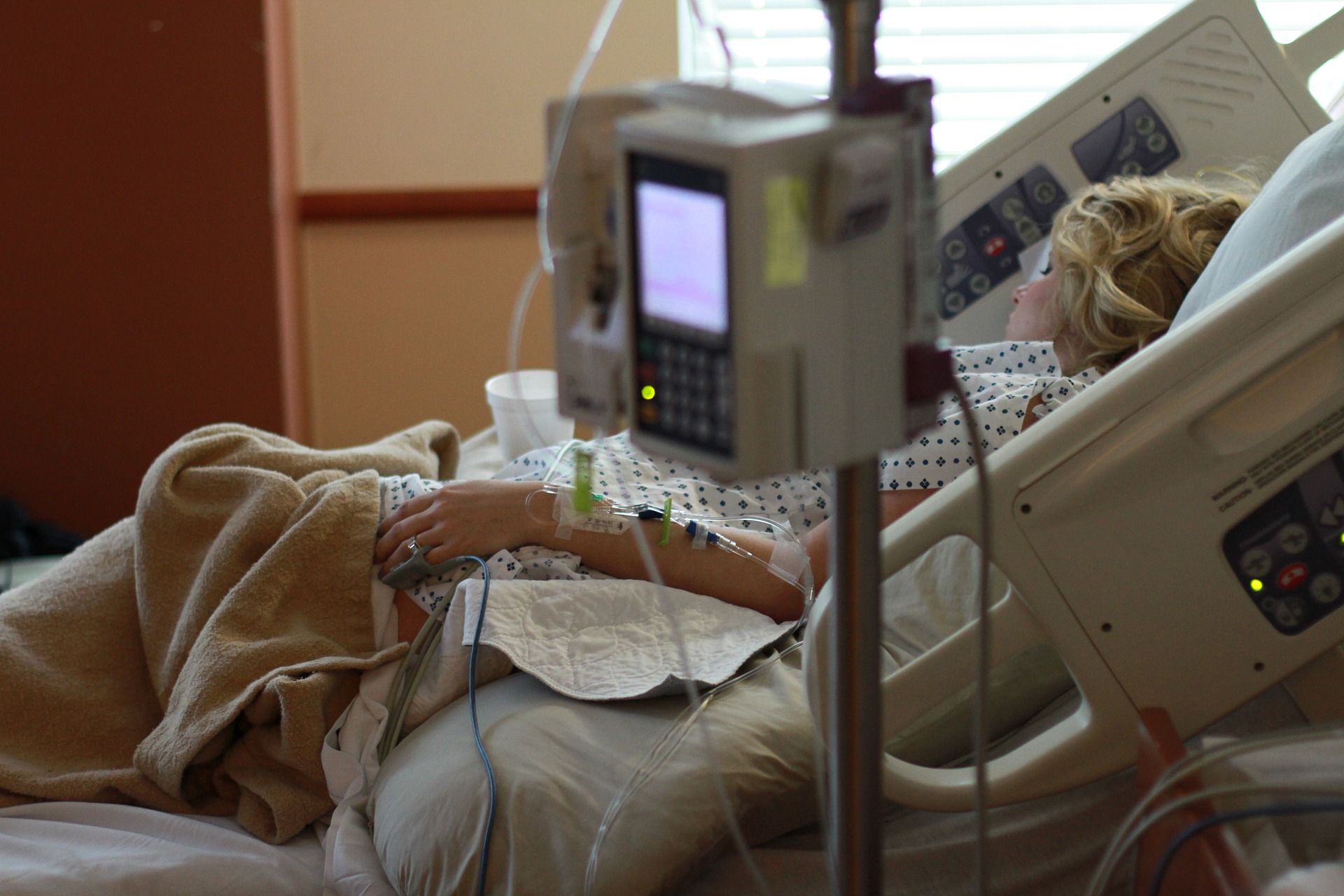An opioid overdose is often fatal, though there are effective treatments. These treatments work by slowing and reversing the effects of opiates on the central nervous system so the body can recover.
How Opioid Overdose Treatment Works
As harmless as prescription pain pills may seem, these drugs can wreak havoc on brain and body processes when abused or used for prolonged periods of time. Opioid drugs, such as Demerol, OxyContin and Percodan quickly infiltrate the brain’s chemical system and gradually take over essential brain and body processes.
In general, opioids have a cumulative effect on the body, damaging brain cell structures and weakening the body’s major systems. In turn, damage done to brain cell structures weakens the drug’s effects, which drives users to ingest larger and larger doses over time.
Once opioids have reached a toxic level in the body, overdose is the result. During an overdose episode, one or more major bodily systems has shut down creating a life-threatening situation that requires immediate medical attention.
Opioid overdose treatment works to counteract the effects of toxicity while helping to alleviate the uncomfortable physical effects of the drug. In the absence of opioid overdose treatment, the likelihood of death increases considerably.
Opioid Overdose Effects
Opioids work by altering neurotransmitter chemical levels in the brain and depressing or slowing down brain and central nervous system processes. Since the brain and central nervous system control many of the body’s major systems, too large a dose of opioids can overpower the brain’s ability to keep one or more systems running.
Bodily systems influenced by opioid effects include:
- Respiratory
- Cardiovascular
- Circulation
- Gastrointestinal
- Body temperature control
According to the U. S. National Library of Medicine, a person can die within one to three hours of overdosing on opioids unless needed opioid overdose treatment is delivered in a timely manner. Overdose symptoms may take the form of:
- Pale or bluish skin tone
- Drowsiness
- Breathing difficulties
- Comatose-like behaviors
- Unconsciousness
- Hallucinations
In effect, opioid overdose treatment works to revive affected systems and restore normal brain functioning.
Initial Treatment
In the vast majority of cases, opioid overdose causes the body’s respiratory system to shut down leaving a person unable to breathe on his or her own. Opioid overdose treatment entails counteracting the drug’s effects using naloxone, an opioid antagonist drug.
Naloxone works by expelling opioid materials from the body’s cell receptor sites. Doing so stops the slowing effects of the drug on the body. This, in turn, enables the brain and central nervous system to resume normal functioning.
After administering naloxone, the body goes into a severe withdrawal state. As severe withdrawal can take an incredible toll on the body, opioid agonist medications are commonly given to lessen the severity of withdrawal.
Agonist medications commonly used in opioid overdose treatment include:
- Methadone
- Clonidine
- Lofexidine
Preventative Treatment Interventions
With each overdose episode, a person’s risk of overdosing in the near future increases accordingly. For this reason, opioid overdose treatment providers refer patients to local drug treatment programs for ongoing follow-up and support.
As overdose episodes often become the wake-up call addicts need to stop using, many people enter detox treatment. While this is a good first step, continued drug treatment becomes essential at this point as the risk of overdose increases substantially for people who use after completing detox treatment. Under these conditions “preventative” opioid overdose treatment should be ongoing.
We can help you find addiction treatment. Call 800-934-1582(Who Answers?) toll free today.
the Take-Away


